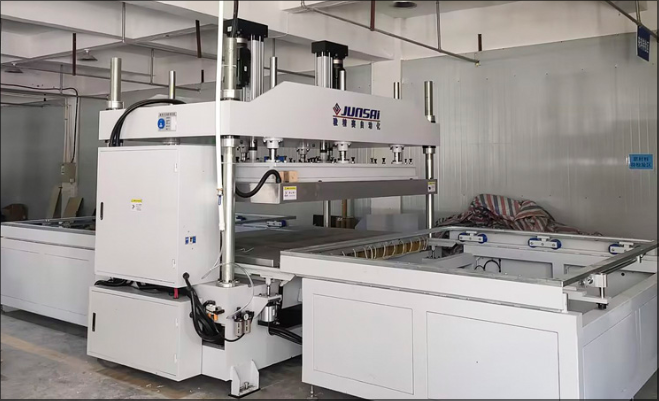High frequency welding is a powerful and efficient welding technique that has gained widespread use in various industries. In particular, it's recognized for its ability to create precise, durable welds in a variety of materials, with applications ranging from medical devices to industrial products. But how does a high frequency welding machine actually work? In this blog, we'll explore the fundamental principles of the process, the technology behind it, and its advantages.
High frequency (HF) welding, also known as radio frequency (RF) welding or RF welding, is a welding process that uses high-frequency electromagnetic energy to generate heat within a material, which then melts and bonds together under pressure. The technique relies on a process known as dielectric heating, where the material absorbs the RF energy, causing the molecules to vibrate and generate heat. This localized heat is used to melt the material and create a strong bond.
The process begins when a high frequency welding machine generates a high-frequency electrical signal, typically in the range of 13.56 MHz to 27.12 MHz. This electrical signal is directed through electrodes that apply RF energy to the material being welded. As the RF energy enters the material, it generates heat by exciting the molecules, especially at the interface of the two materials being welded. The surrounding material is unaffected because the heat is concentrated in the area of the joint, allowing for precise, controlled welding.

High frequency electromagnetic energy is the core of the RF welding process. This energy penetrates the material being welded and generates localized heat, melting the material at the welding point. The use of electromagnetic energy allows for a faster and more controlled process compared to traditional welding methods. It also reduces the need for additional materials, such as adhesives or mechanical fasteners, making it a cleaner, more cost-effective option.
One of the key sectors that benefits from high frequency welding is the medical industry. HF welding is often used in the production of medical devices that require strong, reliable welds, such as inflatable medical products, sterile packaging, and even some prosthetics. The ability to ensure precise welds with minimal impact on the surrounding material is crucial in the medical field, where even the smallest imperfections can result in failure.
High frequency welding machines represent a sophisticated, reliable, and efficient solution for joining materials in a wide range of industries. By utilizing high-frequency electromagnetic energy, these machines generate heat that causes the materials to melt and bond under pressure, ensuring durable welds with minimal thermal impact on the surrounding material. With precise control over power, time, and pressure, high frequency welding provides consistent, high-quality results across a broad spectrum of applications, including the medical industry, automotive manufacturing, and more.
Whether you’re looking for reliable RF welded components or need to implement HF welding technology in your production process, understanding the mechanics of high frequency welding is key to taking full advantage of its benefits.